meniscus injury part 3
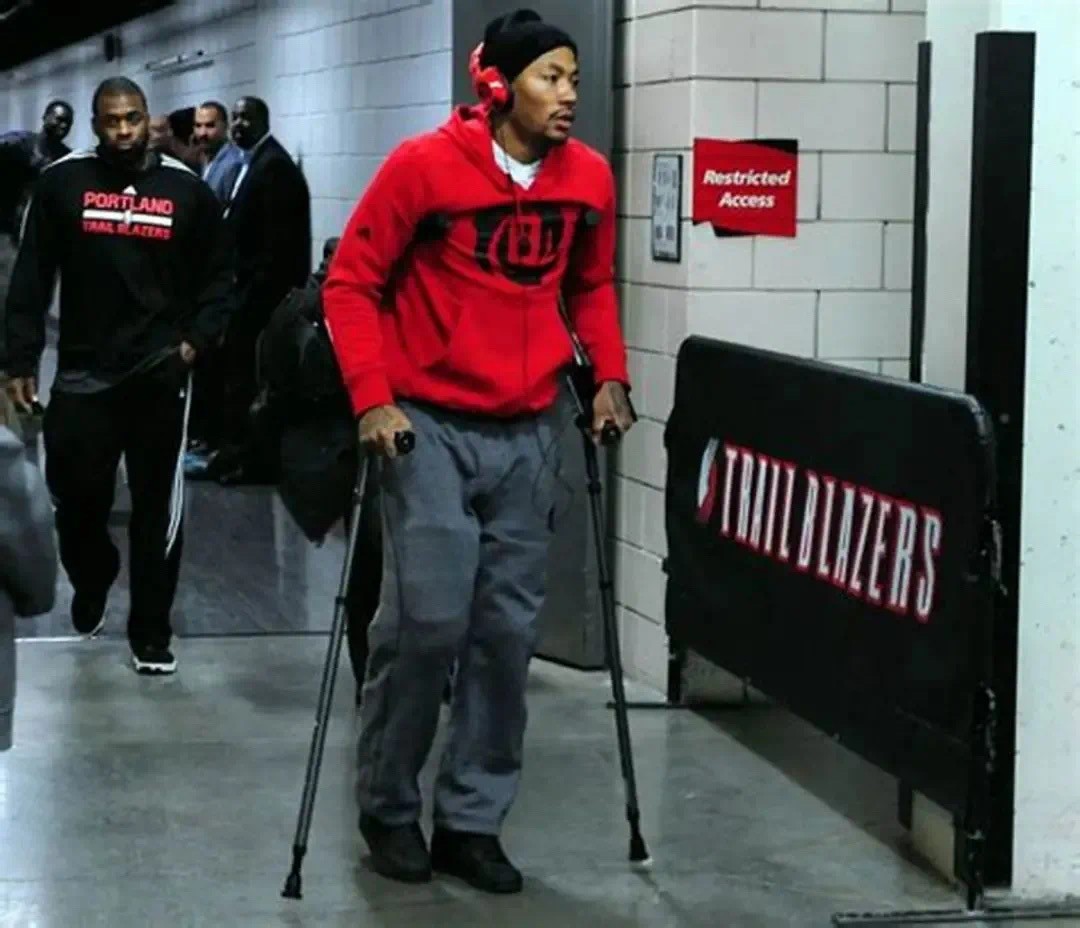
meniscus injury part 3:
—- Rehabilitation Training

Hi readers! This article will be the last one under the topic of meniscus injury, we will talk about meniscus injury and its subsequent rehabilitation training.
First, do treatments after meniscus injury all require rehabilitation training?

The answer is yes!
Meniscus injury, just like other types of injury, will bring restrictions to movement functions. As we discussed before, after meniscus injury, most people would have to remove, repair or replace the injured meniscus through surgery, while only a few cases can be treated with conservational methods. Anyway, the final goal of all these treatments is to regain movement functions. However, if we do nothing else after being injured except “resting”, the so-called “recovery stage of 100 days for muscle or bone injury”, then joint mobility and muscle strength will be severely affected and not return to the preinjury levels.
Once the diagnosis of meniscus injury is confirmed, proper rehabilitation training is always necessary no matter which type of treatment is accepted. The main functions of rehabilitation training are listed below:
- Relieving symptoms like pain and swelling after injury,
- Preventing quadriceps inhibition,
- Improving joint mobility,
- Regaining muscle strength,
- Regaining regular gait,
- Activity modifications, preventing a second injury.
For patients who receive surgical treatments, pre-operative rehabilitation training is required. Pre-operative rehabilitation instructions or training is also important besides postoperative training.
That is to say, rehabilitation processes which are timely, sequential, and fully implemented, can effectively ease the symptoms after injury, making patients return to their preinjury activity level sooner.
After meniscus injury, are rehabilitation training plans all the same?

The answer is no!
Based on our knowledge, treatments after meniscus injury are various because they need to be decided with the considerations of many factors like type of injury, age of patient, and requirement for movement. Therefore, corresponding rehabilitation training plans vary as well.
For example, for patients who receive partial meniscectomy, their rehabilitation will progress more rapidly than patients who receive meniscus repair or replacement. They can start to perform knee flexion or extension within their range of pain tolerance and stand with weightbearing at the early stage postoperatively. Additionally, they also have the shortest recovery time.
Comparatively, for the other two types of surgery (meniscus repair and meniscus replacement), since tissue requires adequate healing time, process of rehabilitation will be accordingly prolonged.

Another example is, for patients who receive posterior horn meniscus repair, they need to restrict their knee angle at the early stage (knee angle less than or equal to 70 degrees in 4 weeks postoperatively), then it can be increased progressively with time. This is because when performing knee flexion, the posterior horn of meniscus will be stretched, causing impact on the union of tissue.
To summarize, after meniscus injury, since parts and types of injury differ among patients, treatments received will therefore vary, then rehabilitation training plans will also be different.
What does basic rehabilitation training contain?
Taking meniscus repair as an example, rehabilitation training starts immediately after surgery, and is progressed stage by stage.
At the early stage after surgery, since the repaired meniscus need to be protected, the injured limb will wear immobilizer for protection, degree of movement and load will also be restricted. At this stage, high pressure cold therapy system can be used to relieve postoperative pain and swelling, and patients may start to exercise quadriceps and hip muscles etc.
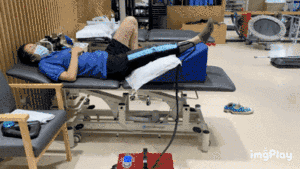
Video 1 Recovery (Game Ready)
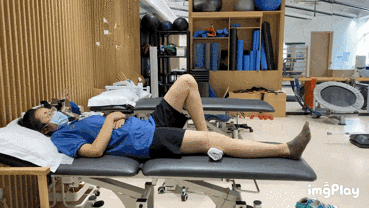
Video 2 Quadriceps exercise
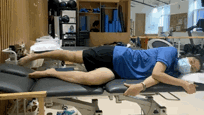
Video 3 Hip muscle exercise
As the union of meniscus progresses, degree of knee flexion and extension can be gradually increased to full range of motion, and load can be added until full bodyweight is loaded. Also, exercise of muscles posterior to knee joint can be started.
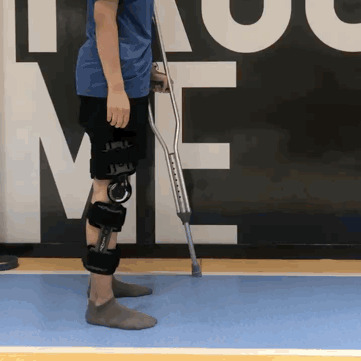
Video 4 Getting loaded
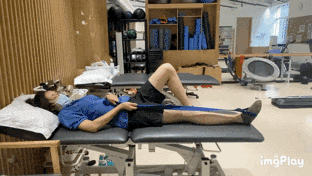
Video 5 Regaining degree of knee flexion and extension
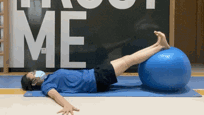
Video 6 Yoga ball leg curl exercise
It’s also good to promote recovery by blood flow restriction training.
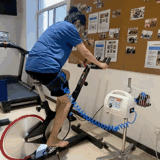
Video 7 BFRT
In addition, static squat and single leg deadlift can also be performed to reinforce strength and core stability, regaining regular functions step by step.
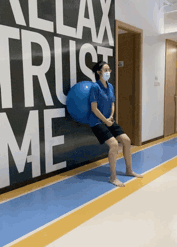
Video 8 Static squat
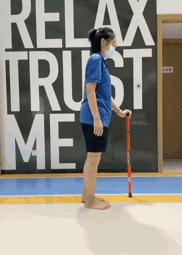
Video 9 Single leg deadlift
Patients will have to pass a specialized return to sport movement test before being approved to go back to sports safely.
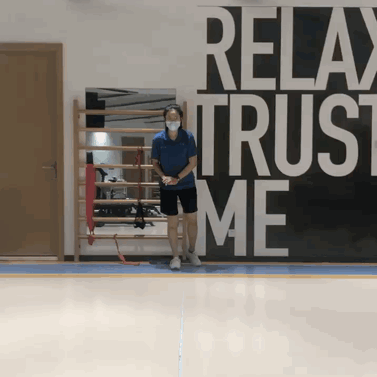
Video 10 3 crossed hop test

